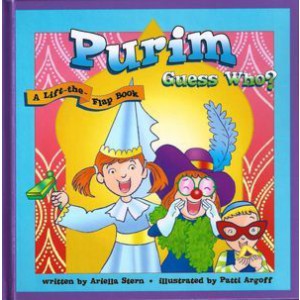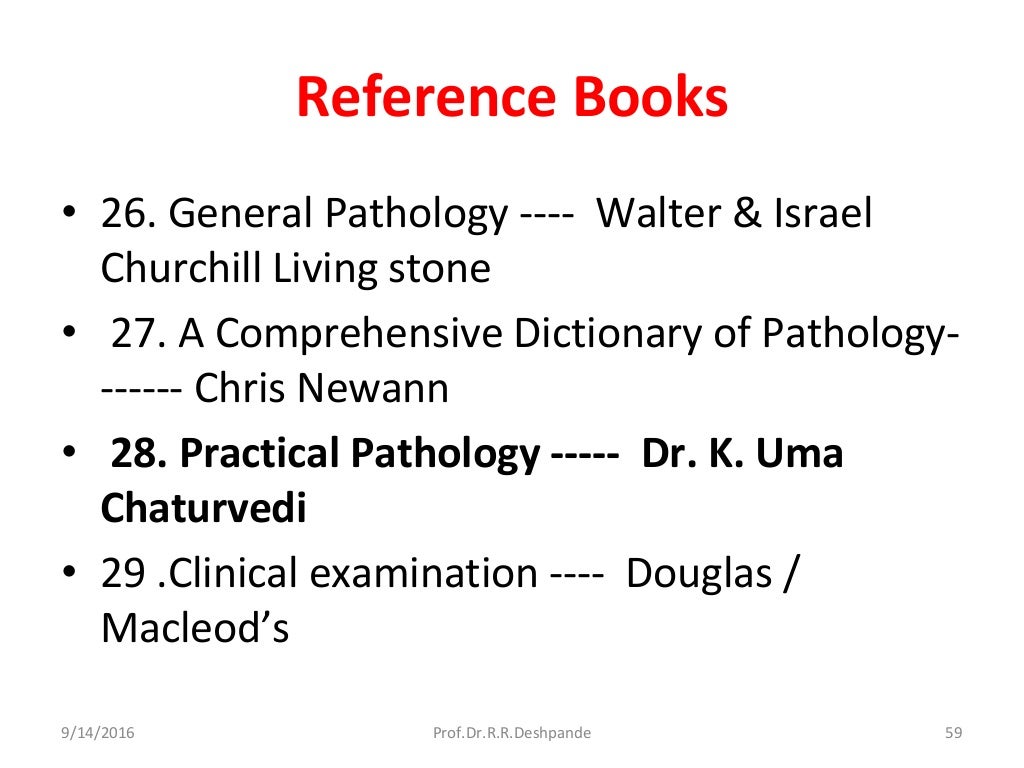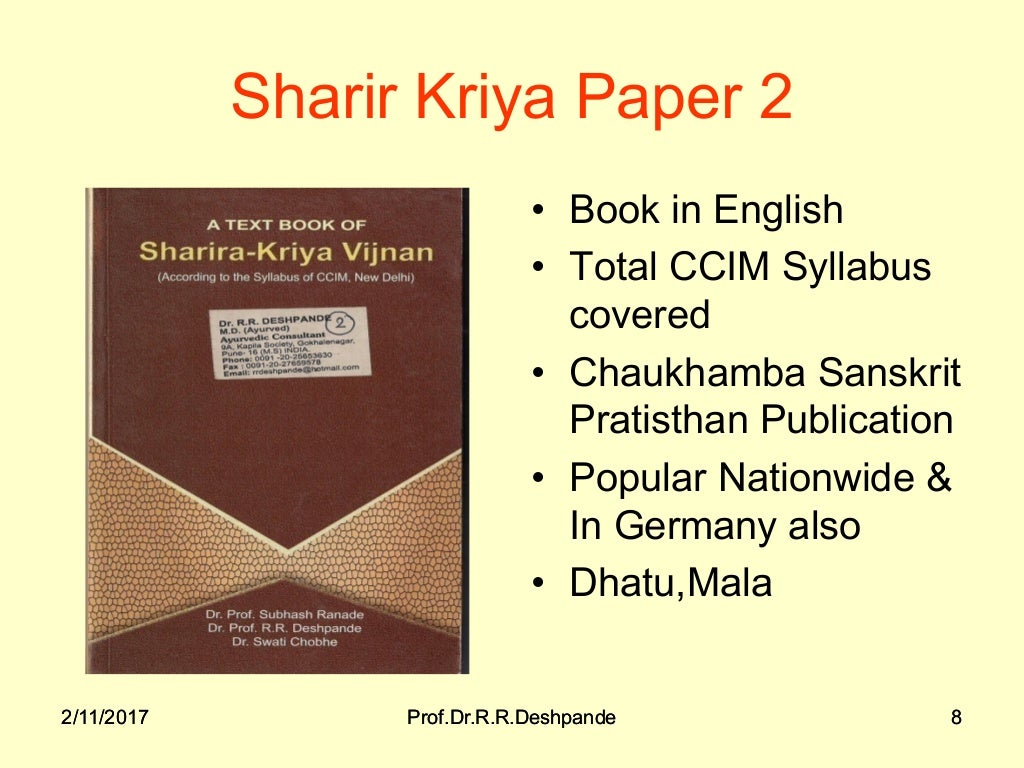


Some other writers, such as, derive the name from poraian, the name of a regional subdivision mentioned by ancient Tamil grammarians. Srinivasa Aiyangar finds this etymology unsatisfactory, arguing that beating of drums could not have been an occupation of a large number of people. As their population increased, they were forced to take up occupations that were considered unclean, such as burial of corpses and.īecause of this, they came to be considered as an untouchable caste. According to this hypothesis, the Paraiyars were originally a community of drummers who performed during flood time, war, auspicious events like festivals, weddings and also funerals.

The reported that in Tamil Nadu the Adi Dravida population was 5,402,755 and the Paraiyar population was 1,860,519, giving a total of 7,263,274. They are also known as Adi Dravida ('Ancient Dravidians'), which was a title encouraged by the as a substitute for Paraiyar because the British believed that their colonising of the country had ended slavery in India. Create a book Download as PDF Printable version.Īdi Dravida/Paraiyar Regions with significant populations, Languages Religion, Related ethnic groups Paraiyar or Parayar (formerly anglicised as Pariah and Paree ) is a group found in and the of. (2011), Ritual, Caste, and Religion in Colonial South India, Primus Books, ISBN 97-21-4 Irschick, Eugene F. Paraiyar or Parayar is a caste group found in Sri Lanka and the Indian state of Tamil Nadu.

Cardinal Ehrle in his important book on Peter of Candia was the first to see the danger of a one-sided.


 0 kommentar(er)
0 kommentar(er)
